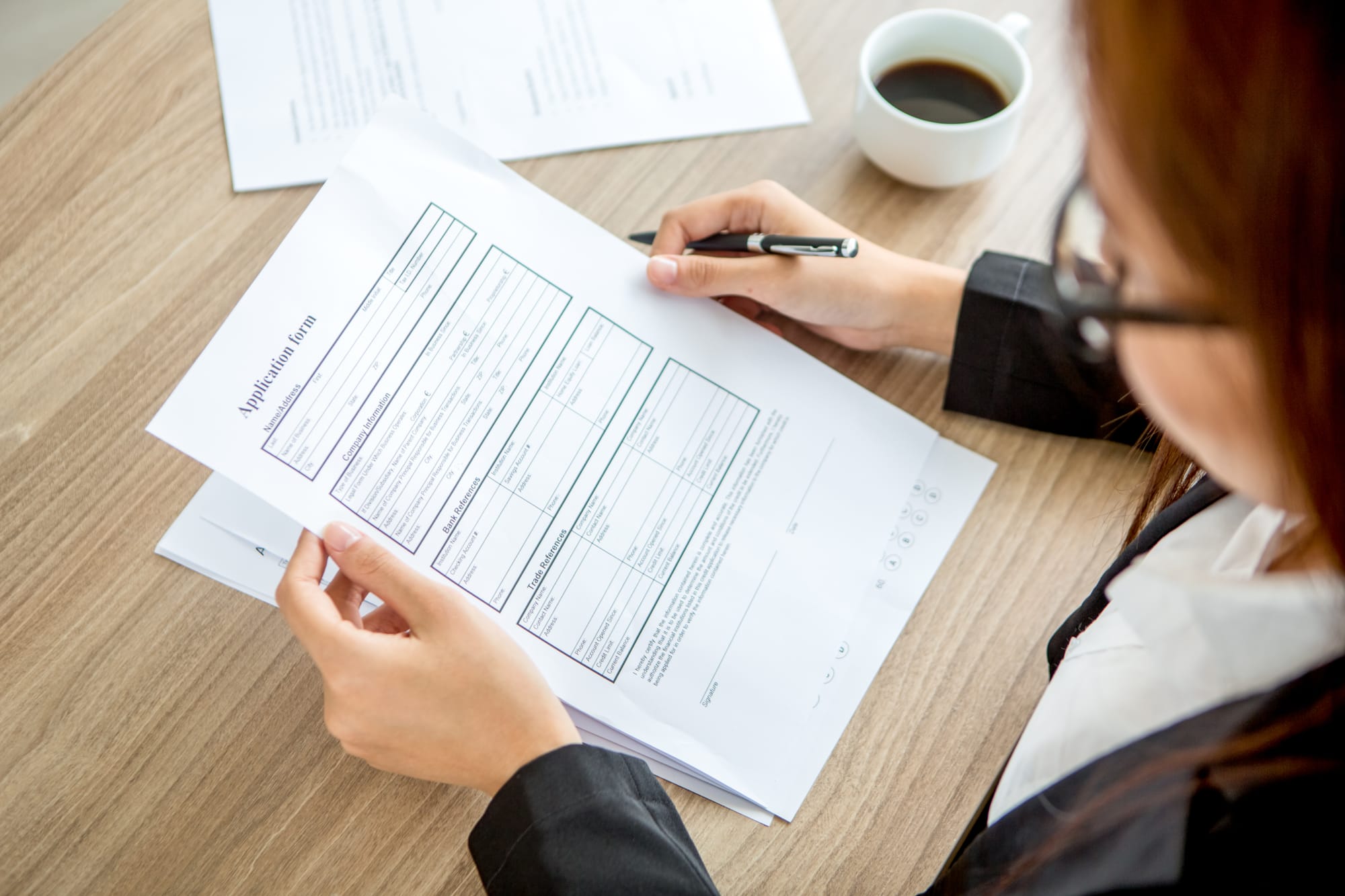SOAP Template: Styles, Formats & Clinical Documentation
Choose the SOAP note style that fits your workflow—narrative, bullets, EHR checklists, short-code, or custom. This guide shows what to put in each section and how to stay fast, consistent, and audit-ready.

SOAP notes are a cornerstone of clinical documentation in healthcare, therapy, and counseling. The SOAP format—Subjective, Objective, Assessment, and Plan—offers a structured, reliable method for recording client interactions. But did you know there are different styles and formats you can use to make SOAP notes work best for your practice?
Whether you’re a therapist, counselor, or healthcare professional, understanding the variety of SOAP note templates available can help you save time, improve consistency, and ensure your documentation meets professional standards.
Related: The Ultimate Guide to Veterinary SOAP Notes: From Template to AI [2025 Edition], The Veterinarians Complete Guide to SOAP Notes [2024], and SOAP Template: Consistent Clinical Documentation Guide.
Why Use a SOAP Note Template?
A SOAP note template offers several key benefits:
Efficiency: No need to start from scratch for each client or session.
Consistency: Ensures all important information is captured in a uniform way.
Professionalism: Makes your notes easier to read and share with colleagues or insurance providers.
Compliance: Helps meet documentation standards required in healthcare and mental health settings.
What Does SOAP Stand For?
Each section of a SOAP note serves a distinct purpose:
Subjective (S): The client’s own words, feelings, symptoms, or concerns. This section captures their perspective and may include direct quotes.
Objective (O): Observable facts, measurements, and clinical findings. This is where you record what you see, hear, or measure during the session.
Assessment (A): Your professional analysis or diagnosis, synthesizing the information from the first two sections.
Plan (P): The next steps for treatment, including interventions, homework, referrals, or follow-up appointments.
SOAP Note Styles and Formats
SOAP notes are adaptable to various settings and practitioner preferences. Here are some of the most common styles and formats you might encounter:
1. Traditional Narrative SOAP Notes
This is the classic approach, where each section is written in paragraph or sentence form. It’s ideal for providers who prefer detailed explanations and storytelling.
Example:
Subjective:
Client reports feeling “overwhelmed” at work and has difficulty sleeping.
Objective:
Client appeared tired, with slumped posture and slow speech.
Assessment:
Symptoms are consistent with moderate anxiety, likely work-related.
Plan:
Continue CBT, assign sleep hygiene homework, follow up in one week.
2. Bullet Point SOAP Notes
Some clinicians prefer bullet points for clarity and brevity, especially in fast-paced environments or when documenting multiple clients.
Example:
Subjective:
- “Stressed about deadlines.” - Difficulty sleeping.
Objective:
- Tired appearance. - Fidgeting during session.
Assessment:
- Moderate anxiety, work stress.
Plan:
- CBT techniques. - Sleep hygiene education. - Next session in one week.
3. Point & Click or Checklist SOAP Notes
Digital formats often include checkboxes, dropdowns, or pre-filled options to speed up documentation. This is common in electronic health record (EHR) systems and can be especially helpful for high-volume practices.
Point & Click SOAP Note
Not into writing? Prefer pictures to words? Use this SOAP Note to quickly record your treatment notes with minimum fuss.
4. Short Code or Abbreviated SOAP Notes
For experienced clinicians, using abbreviations or short codes can make note-taking even faster. This style is best for personal use or when all readers understand the codes.
Example:
S: Anxious, poor sleep.
O: Fidgety, tired.
A: GAD, work stress.
P: CBT, sleep tips, 1wk f/u.
5. Blank or Customizable Templates
Some practitioners prefer a blank template or a fully customizable digital form that can be tailored to specific specialties (such as mental health, physical therapy, or massage therapy).
General SOAP Note
Prefer a blank slate? Use this SOAP Note to take a few quick notes or record extensive details.
Ready-to-Use SOAP Note Template
No matter your style, here’s a basic template you can adapt:
SOAP Note Template
Client Name:
Date:
Session Number:
Provider:
S – Subjective
[Record the client’s self-reported symptoms, concerns, feelings, or goals. Use direct quotes when possible.]
O – Objective
[Document observable, measurable facts. This may include appearance, behavior, test results, or therapist’s observations.]
A – Assessment
[Provide your clinical impression, diagnosis, or summary of the session based on the subjective and objective information.]
P – Plan
[Outline next steps for treatment, interventions, homework, referrals, or follow-up plans. Be specific and actionable.]
Tips for Effective SOAP Notes
Choose a style that fits your workflow and compliance needs.
Use bullet points for clarity, especially in Objective and Plan sections.
Avoid jargon unless necessary; explain any medical terms.
Review and edit your notes for completeness and accuracy.
Conclusion
There’s no single “right way” to write a SOAP note—choose the style and format that works best for you and your practice. By using a SOAP note template, you’ll ensure your documentation is thorough, professional, and easy to reference—saving you time and supporting better client care.
